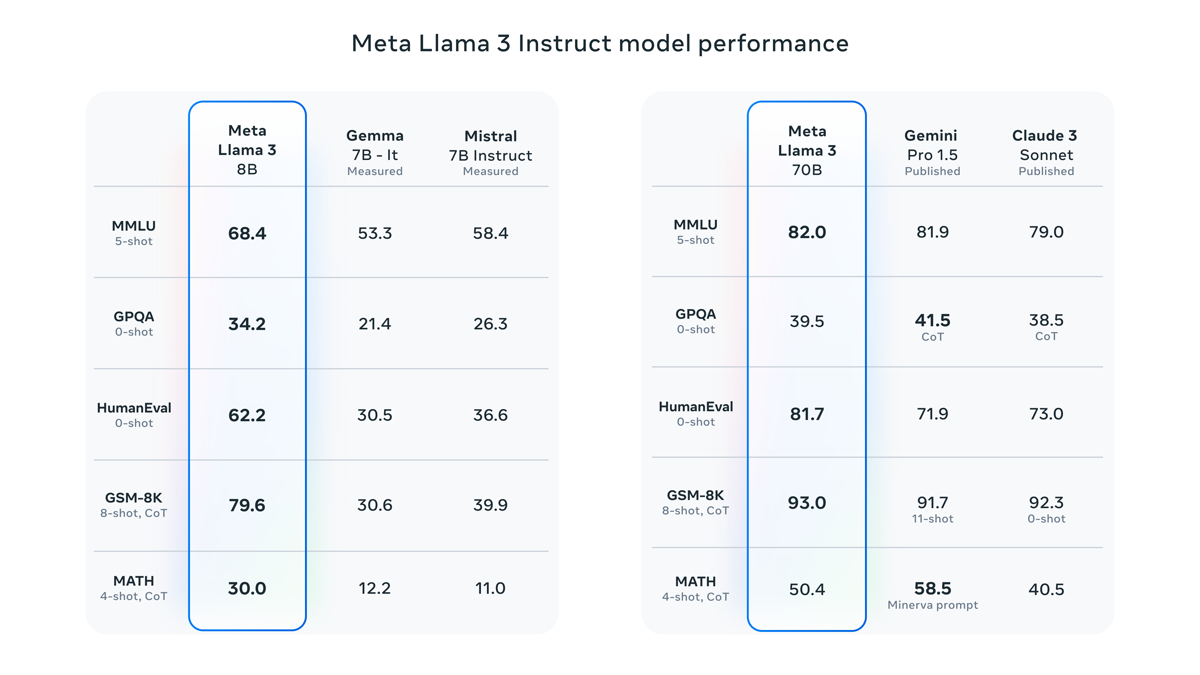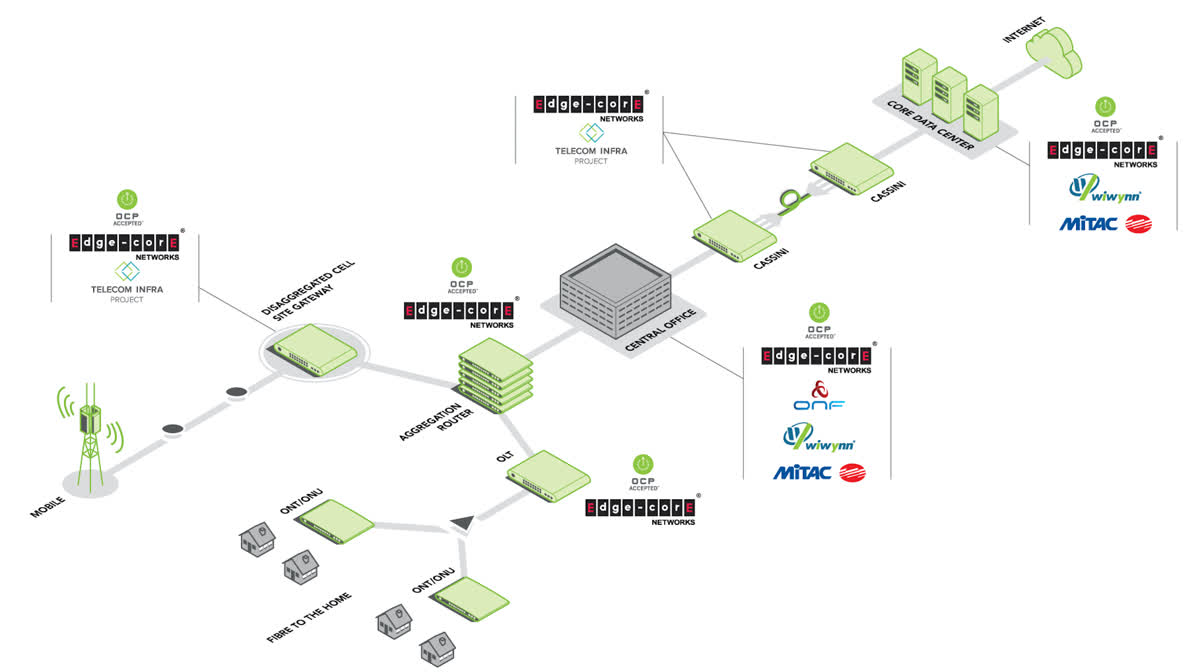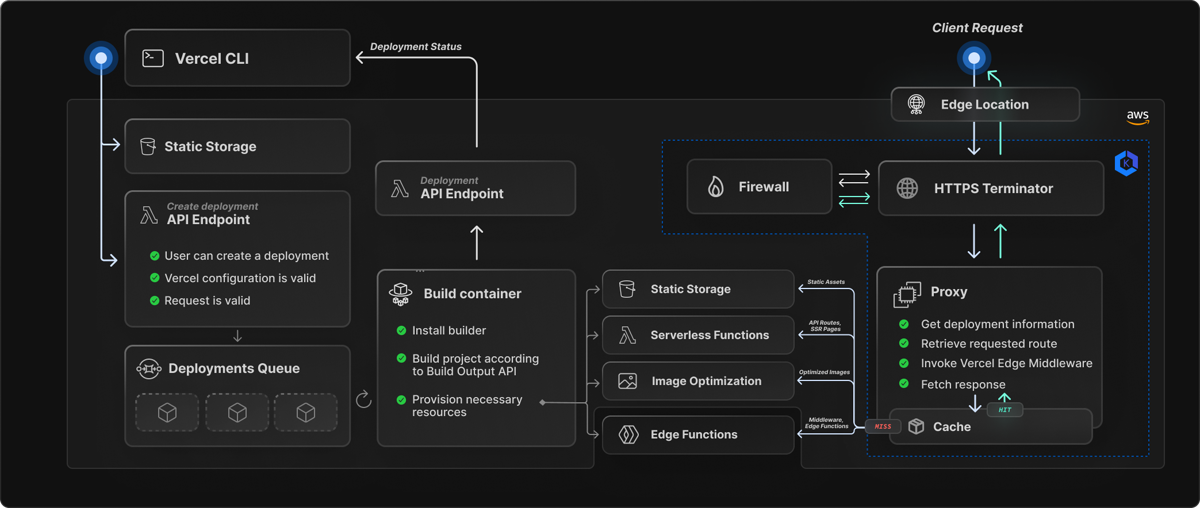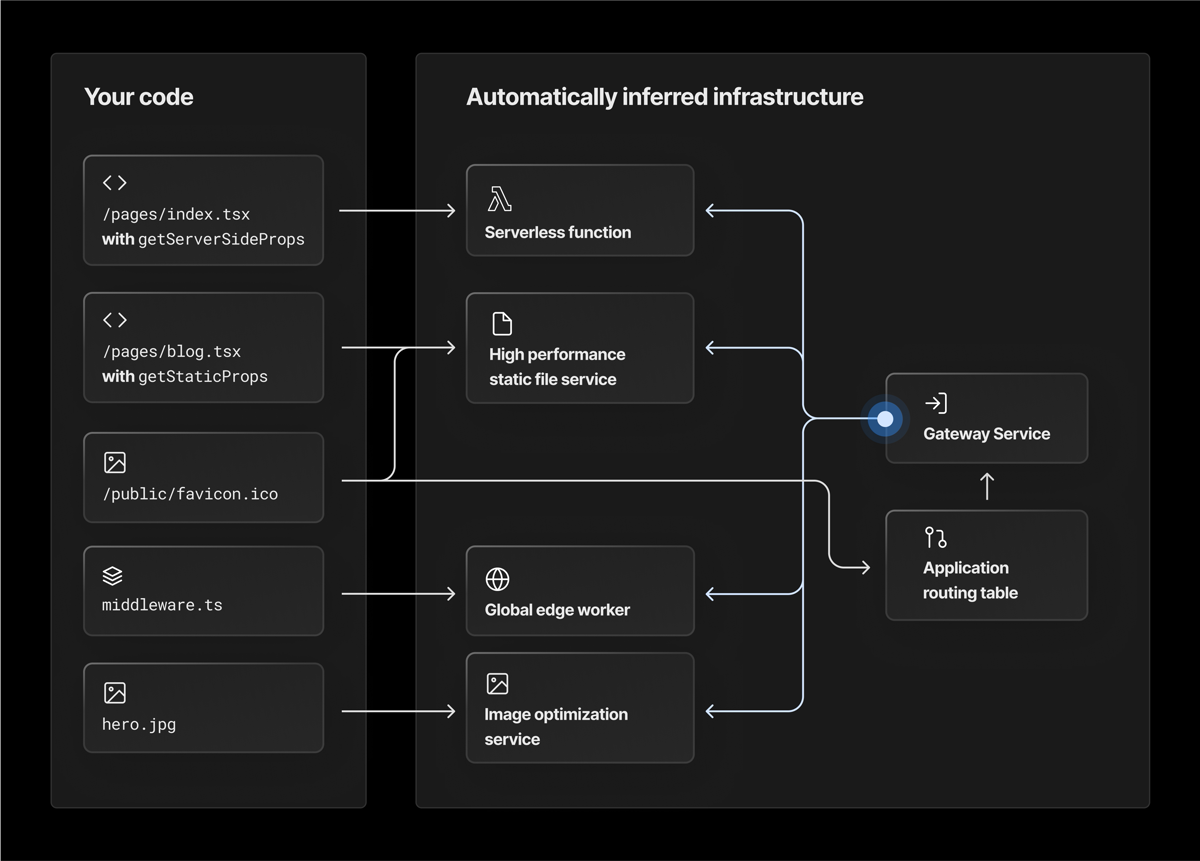Blog > Open Source, Market Dominance
Open Source, Market Dominance
Open source software doesn't directly make money, but can help (a lot)
1,751 words, ~ 9 min read
business
perspective
Meta is scheduled to release Llama 3, the 400B version, quite soon, for free.

Training the model isn't free, yet Meta is handing it out for anyone to use. One estimate for a smaller model, Llama 3 70B, puts it at about ~$630 million excluding engineer salaries.
If you're good at something, never do it for free - The Joker, The Dark Knight
Software is probably not what the Joker had in mind.
Table of Contents
Rewind
This is painted in broad strokes. There's far more history.
In the early days of computing, knowledge was shared freely. In other disciplines, there was a culture of building on top of other work. Further, there were limits on what one could do - replicating the results of specific chemical research would require a lab, for example.
The early Microsoft days marked a transition to commercial, proprietary software. Stealing software was rather trivial given hardware, and so Bill Gates wrote An Open Letter to Hobbyists in 1976 arguing that professional software work required money to maintain and create.
One thing you do do is prevent good software from being written. Who can afford to do professional work for nothing? - Bill Gates, An Open Letter to Hobbyists
In the following decades, there emerged a split between commercial and open source software. Companies like Oracle, Microsoft, IBM, etc. sold software and hardware, while the open source community built software for free - and importantly, gave away the source code too. Linux may be the most well-known example; nearly all servers run on it.
Microsoft, under Steve Ballmer, hated open source - even calling Linux a cancer, yet it now is the single biggest contributor to open-source projects. After all, it competes with Windows - why would they like Linux?
Yet, other companies do the same. Google has open sourced a lot of software, including TensorFlow, Kubernetes, and Android. Facebook has open sourced React, GraphQL, and more.
Fight Me Where I Want
Why exactly do companies open source software? Some of the commonly cited reasons1 are marketing, retaining engineers wanting to work on those projects, and helping the world be a better place.
Commoditize Your Complement is the idea that companies monopolize one component of a system while making other components as cheap as possible. This is a largely well accepted idea that explains why companies open source software, why Microsoft isn't too concerned with people pirating Windows2, and why companies sell razors at a loss but make money on blades.
For example, let's say I sell video games. If the price of consoles drops, I sell more games - these are complements. In fact, I might sell consoles at a loss to boost game sales.

Technology products are composed of multiple layers across software and hardware, which are complements - the phone or computer you're reading this on has physical components like a screen and a battery, and software components like an operating system, a browser, and a website.
This is one common explanation for why companies support open source - they commoditize some software and sell services around it. They choose to fight on the layer where they have the advantage and make the other layers as cheap as possible.
Earlier, I mentioned Microsoft switching their stance on Linux. Viewing Windows as a product to sell via licenses treats Linux as a threat. But enterprises look for deeper support, and there's a custom Windows version for that. More importantly, Microsoft has made big bets on Azure, and supporting Linux on Azure makes it a complement to the business. There's even support to run Linux within Windows via WSL2.
A Broader Perspective
Help You Help Me
Mark Zuckerberg went on the Dwarkesh podcast and mentions a few things regarding open source:
- Meta is not making an eternal commitment for open-source; it just so happens to be beneficial now
- Distribution of AI models is better than one institution with a significantly better model
- Meta has a history of open sourcing infrastructure but keeping projects closed source, such as the Open Compute Project which standardized networking design and saved billions
The first and third points demonstrate the strategic perspective of picking the right battle. Meta has the distribution advantage: they already have the users3. A rival would have to face the challenge of getting people, but perhaps they have some new technology. By open-sourcing the technology, Meta equalizes the playing field - they can't compete on the infrastructure, but no one is.
Consider Meta as a consumer. If OpenAI or Anthropic had the best models, Meta (or a rival) would have to pay significantly to use them. Instead, Meta can pay for the training to build their own models. The AI community is looking for the best models to use for their own purposes, whether commercial or not, and Meta can provide that. This is a win-win for Meta and the community - the models get better and Meta gets to use them.
The same was empirically true for the Open Compute Project. Meta did the hard work of designing infrastructure, and got to experience cost-savings throughout the supply chain by spreading the design.

In this view, open source is viewed as a means of picking the right battle but also as a means of spreading benefit - a rising tide lifts all boats.
A Must Have
Databases are sticky products; once a company chooses a format and a provider for their data, it's extremely hard to switch. There are companies whose sole purpose is to help companies migrate databases, often in multi-year projects.
Engineering is defined by tradeoffs; databases are no exception. Database companies (MongoDB, Snowflake, Databricks, etc.) configure and include specific features to make their product better for certain use cases. MongoDB is great for NoSQL documents, whereas Snowflake and Databricks target large-scale data warehousing and processing.
Rockset was one of these specialized database companies for hybrid and vector search. Somewhat recently, they were acquired by OpenAI to bolster infrastructure. However, Rockset is not open source, and so all customers have to migrate off.
There are countless open-source database technologies already available - PostgreSQL, SQLite, Delta Lake, etc. to name a few. Companies building on top of these technologies are confident that they can switch or even maintain the codebase themselves.
In this view, open source is a means of future proofing - table stakes for certain applications that are already open sourced.
Enterprise Edition
Companies like DuckDB and Elastic have a licensing model. The software is open source, but the enterprise features are not. This is a way to monetize the software while still allowing the community to use it.
Developers are notoriously cheap. They don't want to pay for software or support, and if pushed, might rewrite the software themselves (as in the case of Git to replace BitKeeper's functionality). However, companies are extremely willing to pay for a handful of features - access control, security, and support.
In this view, open source is marketing and sales to the developer community. The enterprise features and layer on top brings support and revenue.
A Combination
Vercel is a web infrastructure company. Their platform is an incredibly easy way to deploy websites (like this one). There's a lot of infrastructure that goes into coordinating even the simplest of website requests, which Vercel abstracts away into a simple interface.

They also spend a lot of money building Next.js, one of the world's most popular React frameworks. It's also open-source, completely free to use - much like other popular web frameworks. Web technologies have been open source for a long time, and developers expect them to be.
In some ways, Vercel is looking to compete with the likes of Webflow, a no-code website builder. In these cases, a better performant framework is a serious complement - users are more likely to use Vercel instead if they can use a good web framework (Vercel supports a wide range of frameworks with their infrastructure).

Yet there are other companies competing on the infrastructure layer such as Netlify. Vercel builds their platform and features to tightly integrate with Next.js, such as their analytics platform arguably better than other frameworks. This may seem small, but it's a big deal - Netlify acquired Gatsby, another React open source framework, to compete. If it comes down to infrastructure, being able to influence the decisions of the code framework is a big deal.
This combines all the previous reasons to use open source:
- Vercel chooses the right battle by commoditizing the web framework and selling the infrastructure
- Vercel open sources the framework to help the community and get better features
- Developers expect open source web frameworks given existing open web technologies (HTML, CSS, JS, React, etc.)
- Vercel can sell enterprise features on top of the framework
Is this Good?
None of these justifications for open source software seem inherently good in a societal sense. They're all strategic decisions made by companies to further their own goals.
I'd argue that open source software is still a net positive for society. People can learn and build on technologies, amplifying the rate of innovation. More companies can be built faster and cheaper than ever before. The cost of starting a company has dropped significantly in the past few decades, and open source software is a big part of that.
There are also currently debates about whether AI models should be open source or not. This is slightly different, since there's concerns over security and safety beyond the monetary value of the software.
Companies are not charities. Seeing that their incentives align with furthering open source software is a good thing: it's a win-win for everyone, for now.
Footnotes
Found this interesting? Subscribe to get email updates for new posts.
First Name
Last Name
Next Post
How I Search